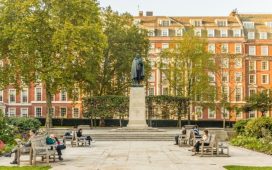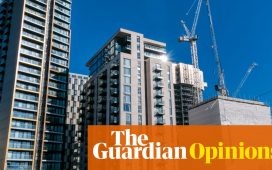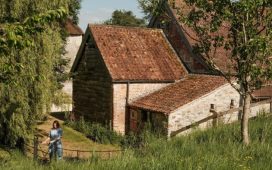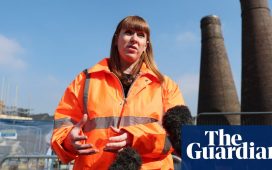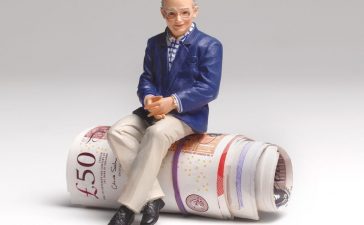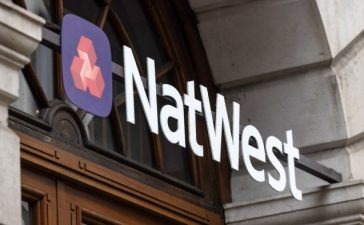Unlock the Editor’s Digest for free
Roula Khalaf, Editor of the FT, selects her favourite stories in this weekly newsletter.
The tropical island of Hainan in southern China has long been a place for dreamers. The white beaches, clean air and climate have attracted waves of migrants from the north of the country.
But it has also seen those dreams turn into nightmares. In 1993, Hainan became the site of China’s first property crisis in modern history, following a construction boom catering to the influx of new residents. Real estate prices cratered and 95 per cent of developers in the capital Haikou collapsed after Beijing raised interest rates.
While today’s property crisis in China is not concentrated in Hainan, there is evidence of the national trend and challenges ahead for policymakers. Prices of existing homes in 25 large cities around China have fallen by 25 to 30 per cent from a peak in July 2021, according to data from the Beike Research Institute cited by Nomura. Another problem is the glut of unfinished pre-sold homes, particularly in low-tier cities where money has run out to complete the projects. Nomura economists estimate that there are 20mn units of pre-sold homes that have not been delivered on time due to a funding gap that is equivalent to Rmb3tn.
Driving through Hainan brings life to these numbers. The island is scattered with unfinished construction projects conceived at a time when the country’s growth appeared unassailable. The most dramatic is Ocean Flower Island, an artificial island shaped like an orchid in Danzhou City that was a flagship project of the collapsed property group Evergrande, comprising a theme park, shopping plaza, wedding venue, luxury villas and a “fairytale world”. Evergrande once envisaged it would require Rmb160bn ($22bn) of investment. Today the 800ha project stands very far from complete and on the day I was there, there was only a slow trickle of visitors.


The project tells the story of the worst excesses of China’s past exuberant economic growth, and a cautionary tale as Beijing tries to bring back vigour to the property market with stimulus measures. When I visited the resort last month, a typhoon had just wreaked havoc in the north of Hainan. Even without the weather disruption, it was clear the park did not attract many visitors. The orchid-shaped wedding venue was coated in dust, the movie studio seemed inactive and the fairytale world was unfinished. Staff in empty stores reacted with surprise when a visitor arrived.
Evergrande started construction on the resort in 2012. Danzhou officials, hoping that the resort could turn the city into a tourist hub to rival Sanya in the south, rubber-stamped the plan, allowing sand dredged from the sea to be poured into the project in violation of environmental and building regulations. Signs proclaiming “consumer confidence in Hainan” dotted around the resort hold a reminder of initial hopes.
The project was caught up in a broader anti-corruption purge in China. The senior Hainan politician Zhang Qi who approved the project was convicted of corruption in 2020 and two years later, authorities ordered its partial demolition. Regulators fined Evergrande’s founder Hui Ka Yan in March and banned him from the securities market for life after accusing him and the company of inflating revenues by almost $80bn over 2019 and 2020. Reuters reported this month that he had been moved to a special detention centre in Shenzhen.
Even though the theme park is operational, much of the project has been abandoned, including a network of luxury villas where workers left in such a hurry that hard hats, construction equipment and barrels of paint were still scattered around.
China is no longer the same place that gave rise to Ocean Flower Island. It is unimaginable that today, one of the country’s richest men could build such an opulent project in his glory, bulldozing through red tape.
The challenge now is reinjecting confidence into the property market, while making the economy less dependent on property. Hainan encapsulates both of those challenges.
Beijing last week unleashed a series of stimulus measures and economists expect more, perhaps by becoming a builder of last resort for unfinished projects. Meanwhile, Hainan is trying to make its future less dependent on property, launching visa-free travel schemes and pitching itself as a duty-free shopping haven and medical tourism destination. As China looks set to launch stimulus measures to bolster consumption and property, Hainan will be again a place to watch — this time as a barometer of any upturn.



